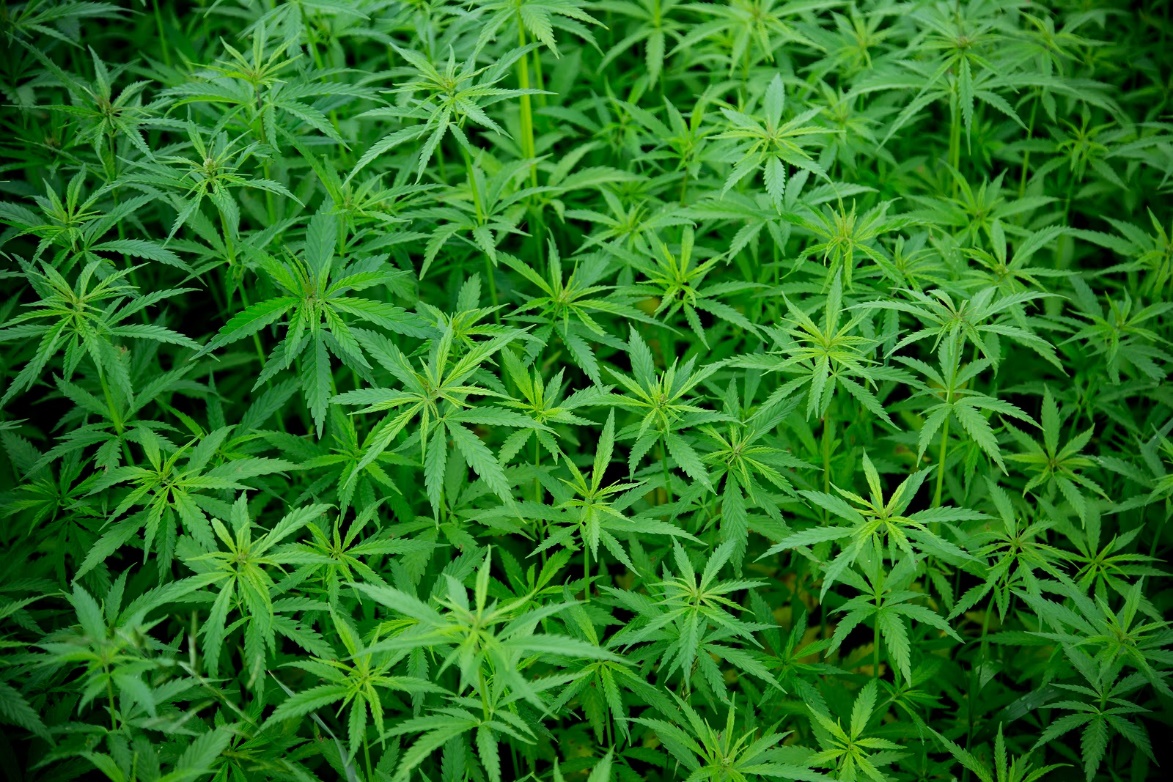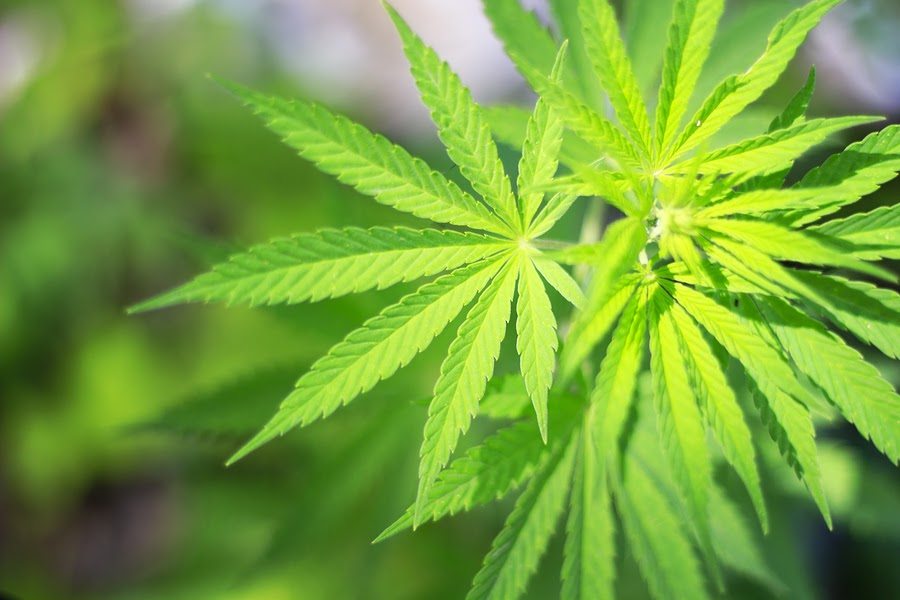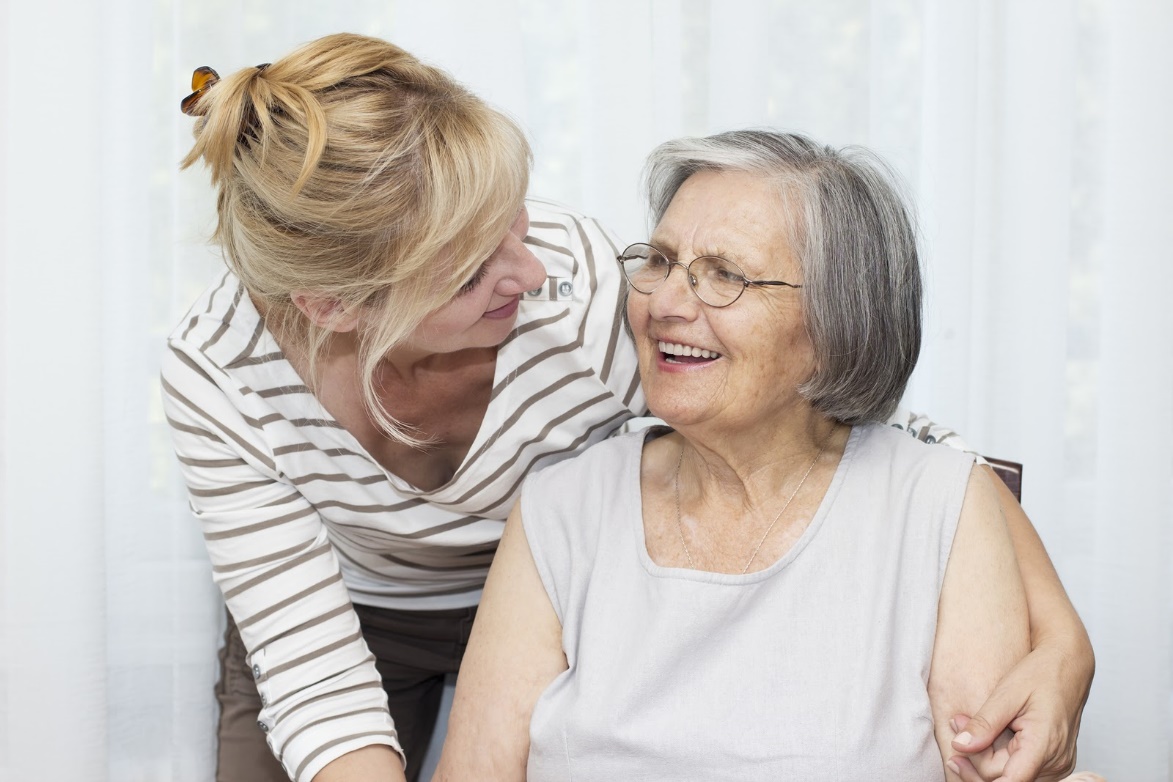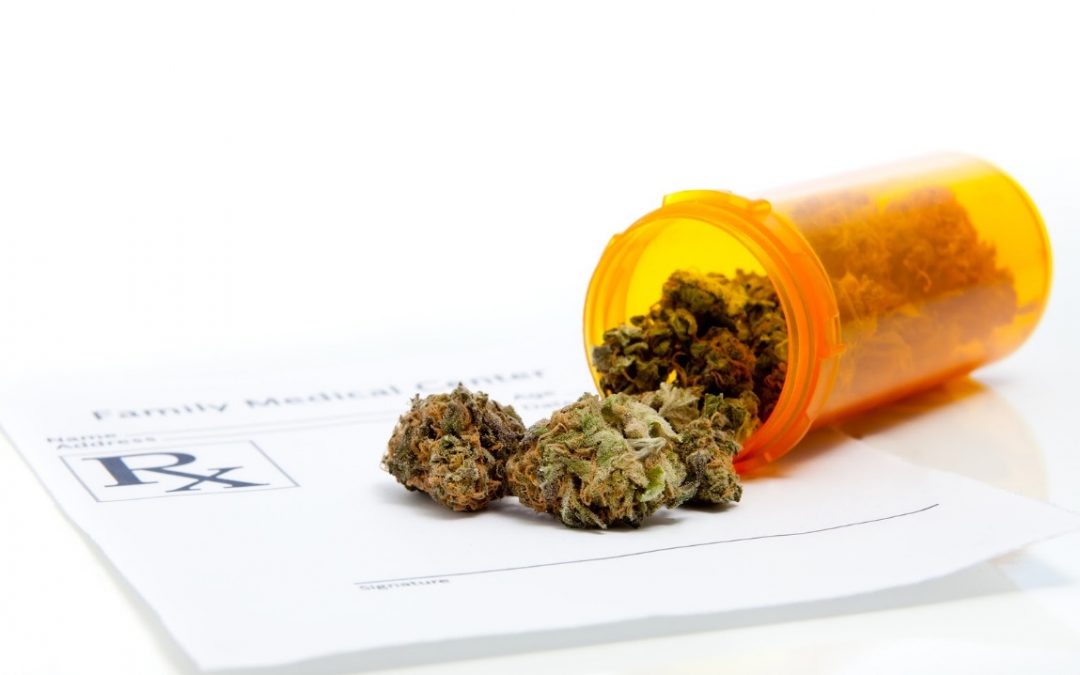Dosage is one of the most important factors to determine when beginning any medication. Medical marijuana, or Cannabis, is no exception to this rule. High, medium-low, and extremely low (“micro”) doses will all yield different effects – some of which are more beneficial or desirable than others. In part one of this two-part article on micro, low, and recreational marijuana doses, I’ll focus on the reasons for, and advantages of, using a low or medium dose over a high or recreational dose. Check in next week for part two, which will follow up with a deeper discussion of the purposes and benefits of microdosing with marijuana.

Purpose and Benefits of Low-Dose Marijuana (Cannabis)
There may be practical as well as health benefits to low-dose marijuana. Even though there is no risk of fatal overdose with recreational, high-potency products (which would in fact be impossible), low-dose Cannabis preparations may simply work better – at least for most people. This is a case where, as the adage goes, “Less is more.”
So how much is “less” in this case? What constitutes a low dose versus a micro or high dose?
We can answer this question by breaking Cannabis doses down into three distinct ranges. Just keep in mind that, while the active ingredients in Cannabis include cannabinoids, flavonoids, and terpenes, most products emphasize, or are measured by, the content of the specific cannabinoid THC (Tetrahydrocannabinol).
- 1-2 mg (Microdose) – Almost no cognitive (mental) effects are perceptible in this range. However, most people experience elevated mood. A dose this tiny – a true microdose – is generally most appropriate for healthy adults who are interested in overall enhancement of wellness with marijuana. For medical patients who need help managing painful or debilitating symptoms, doses this low are unlikely to provide adequate relief.
- 10-15 mg (Low/Medium Dose) – While not a true microdose in the technical sense of the word, this is still a low dose range that delivers substantially less THC than recreational products. Patients typically find benefit from doses in this range.
- 50 mg and up (High/Recreational Dose) – This is a powerful, potent dose that will cause the user to experience significant intoxication, which is typically the whole point for recreational users, and an entirely unwanted side effect for patients.

As you’ll notice, there are some gaps between these ranges (e.g. the 16-49 mg range). Since each person is affected differently by Cannabis, these ranges have some wiggle room. It’s important to have medical guidance for this reason.
Users can also develop a temporary resistance, or “tolerance,” which can be avoided by using lower doses consistently.
Several studies suggest that low-dose THC may be equally or even more effective than THC administered at high doses. For example, in one 2014 study published in the Journal of Pain, “Thirty-nine patients with central and peripheral neuropathic pain underwent a standardized procedure for inhaling either medium dose (3.53%), low dose (1.29%), or placebo [C]annabis.”
In the study, 21 out of 37 low-dose subjects reported pain reduction. Surprisingly, when the dose was increased to a medium level, there was almost no effect on these results. Only one additional subject reported pain reduction when the dose was increased (22 out of 37), suggesting that low and moderate doses are almost equally effective for relieving pain. As the study stated, “There was no significant difference between the two active dose groups’ results.”
(It’s also worth noting that the study focused specifically on vaporization – not combustion or ingestion – which is the ideal method of using medical marijuana.)
The study pointed out that if pain relief with marijuana “were maintained while cognitive… effects were moderated, a case could be made for using low-dose (1.29 % THC) preferentially.” This touches on a practical benefit of using low doses: doing so allows the patient to experience the medical benefits of marijuana (in this example, pain relief) with less of the resulting high, which can make it dangerous or even impossible to perform certain tasks. In this way, low dosing offers exactly what many patients are after: relief without the high, or at least, restricting the high to a minimum. Though it is still unsafe to drive a car or operate heavy machinery at any level of intoxication, low doses may better enable complex but low-risk tasks, such as doing household chores.
Earlier research, which examined a synthetic (man-made) cannabinoid medication called Sativex (nabiximols), produced similar findings as the study above. In the Sativex study, which was published in 2012 in the same medical journal, a group of over 200 “patients with advanced cancer and… pain received placebo or nabiximols at a low dose (1–4 sprays/day), medium dose (6–10 sprays/day), or high dose (11–16 sprays/day).” In the study, an “analysis of average daily pain… demonstrated that the proportion of patients reporting analgesia,” or pain relief, “was greater for nabiximols than placebo overall… and specifically in the low-dose… and medium-dose… groups.”
Cannabis, when overdosed, can cause intense feelings of anxiety and paranoia. While these effects are temporary and not physically dangerous, they can be distressing and unpleasant, making some patients leery of using Cannabis again after the negative experience. The lower the dose used, the less likely a patient is to experience anxiety and distress, which is another benefit of low-dose Cannabis.
Low doses are also beneficial in that they give the patient and his or her doctor an opportunity to gauge how the patient responds, then make tentative adjustments if and as needed. For that reason, patients should always start a course of Cannabis therapy at the lowest dose possible, as I discussed in a prior blog post.
Finally, there is a financial benefit to low-dose medical marijuana: it is simply cheaper than relying on higher doses, for obvious reasons. Though medical need and not financial ability would guide healthcare decisions in a perfect world, the reduction in treatment cost is certainly a significant perk of low Cannabis doses.

Ask a Boston Medical Marijuana Doctor About Cannabis for Pain Relief
Every patient requires a different dosage level depending on factors like how serious their symptoms are, what their history of Cannabis use is like, and whether there are any concerns pertaining to addiction or substance abuse. Cannabis dosing – low or otherwise – should be personally tailored to each individual for optimal results.
It’s important for patients to have one-on-one guidance from an experienced physician, who can monitor their progress and make adjustments as necessary for maximum benefit with minimum discomfort. Our medical practice provides this guidance, for improved safety and efficacy when using medical Cannabis.
To learn more about medical marijuana in Massachusetts, contact Inhale MD at (617) 477-8886 for a confidential consultation. With offices in Cambridge and Brookline plus secure online consultations, we serve adult Massachusetts residents statewide.

